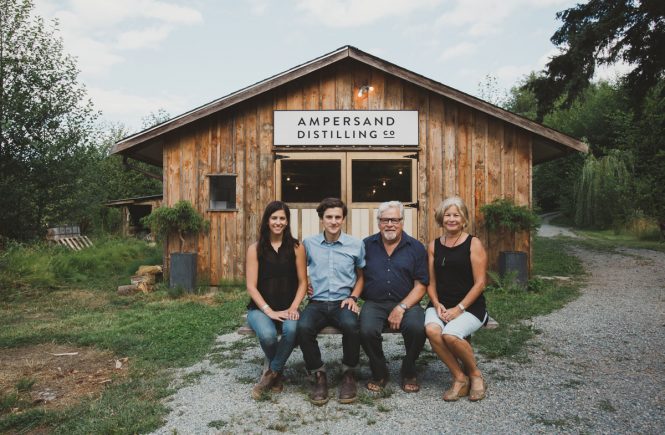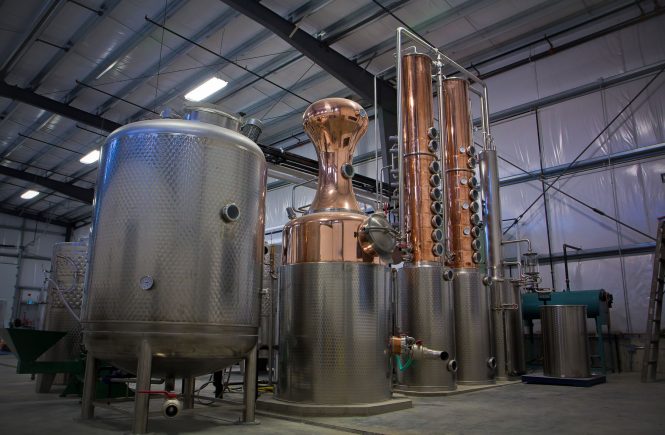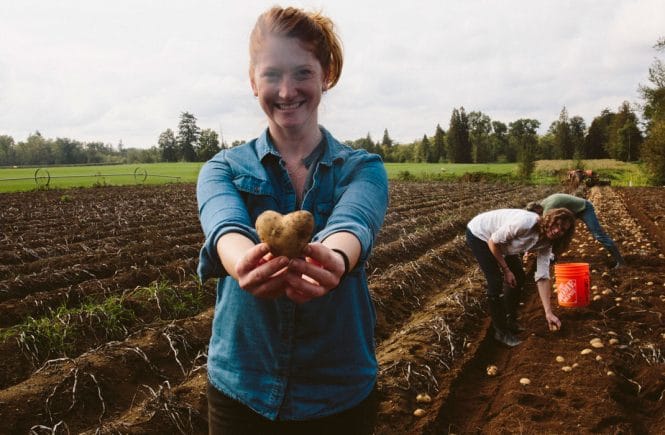The gin and tonic is sophisticated again
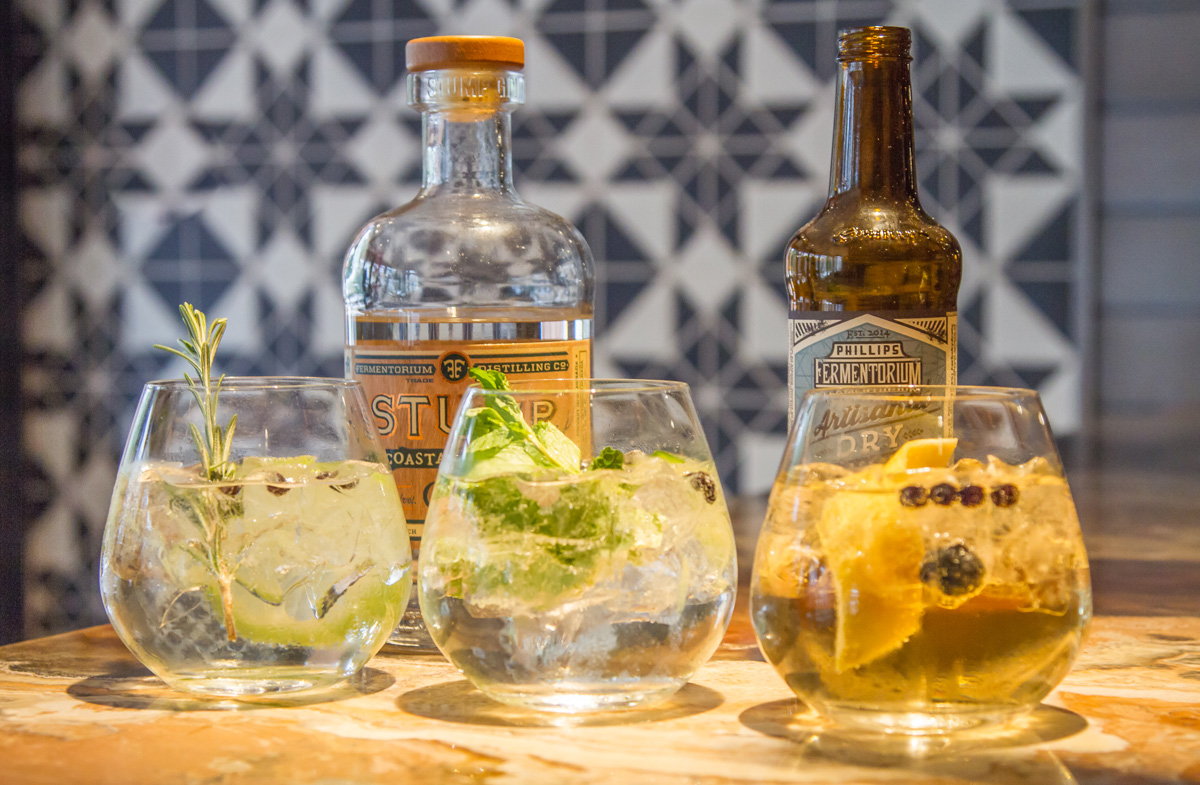
Jason Redmond expected to be impressed by many things about Spain, but he couldn’t have guessed the biggest takeaway from his trip last summer would be a new take on a humble highball.
“I was really surprised at the big signs outside all the little cafes and bars claiming they were selling the best ‘Gin Tonic,’” the bar manager of Whistler’s Spanish-influenced Bar Oso recalls.
“It was a really big deal, and one I had no idea about beforehand.”
The fervour with which the Spanish have reinvigorated the ubiquitous G&T over the past two or three years is evident on menus across the globe. In Las Vegas recently, the waiter at Jose André’s slick eatery, Jaleo, was clear to direct us to the restaurant’s signature iterations, which pair a variety of top quality gins with artisanal tonics and carefully curated garnishes.
Ice and a slice just doesn’t cut it anymore: the Hierba at Jaleo pairs Portland’s Aviation Gin with Jack Rudy Tonic, and comes with slices of orange and lime, a sprig of fresh rosemary and a scattering of pink peppercorns. It’s floral and spicy and modern—about as far from the juniper-quinine punch of many a painful hangover as you could possibly imagine.
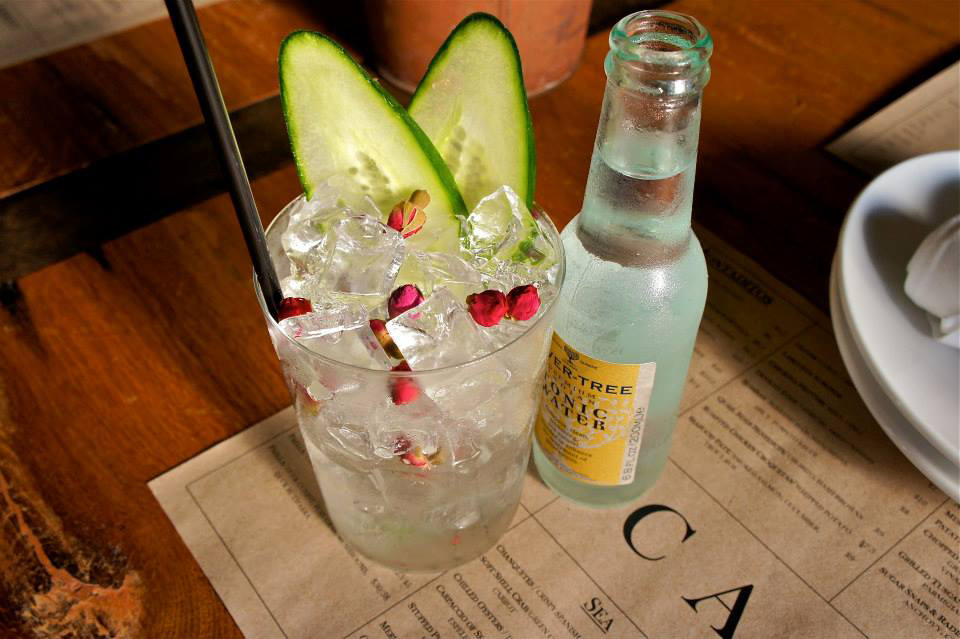
The gin and tonic menu at New York tapas restaurant Cata is a dizzying list, featuring more than 20 options, listed by flavour profiles that include Smoked Coconut (Spring 44 Old Tom Gin and Boylan Tonic), Liquorice (Martin Miller’s and Q) and Cucumber/Rose (Hendrick’s and Fever Tree). While, based in the home of Mother’s Ruin itself, the London Gin Club stocks more than 200 gins, offering five different tasting menus of four gins each, all paired with Fever Tree Tonics, and enhanced by individually paired garnishes.
Back in Barcelona, and researching for Bar Oso’s fall 2015 opening, Redmond was learning fast just how the gin and tonic had become Spain’s new national drink.
The first obvious improvement was the glass: gone was the tall tumbler, replaced by a Burgundy bowl that offers a greater surface area. He watched as the bartender filled the bowl with ice, stirred with a spoon to chill the glass, then poured out the excess water. They pour in a good double shot of gin, and add tonic, keeping the ratio of tonic to gin at two to one, three to one at most.
The thing that really grabbed me, is the way they poured the tonic slowly down a long twirled bar spoon.
“But the thing that really grabbed me,” Redmond says, “is the way they poured the tonic slowly down a long twirled bar spoon.”
Mystified, Redmond learned that the technique is designed to hold the tonic’s carbonation.
“Instead of smashing all the tonic in, letting all the bubbles fizz up and then go slack, you can see it stay lively and effervescent in the glass,” he explains. “And that in turn works to help release the botanicals in the gin and get all those aromas in your face as you lift it up.”
At Bar Oso, Redmond devised a list of his own, drawing on gins from B.C. and beyond. His best-seller is a crisp, delicious mix of Vancouver distillery Long Table’s Cucumber Gin.
“It’s made with cucumbers from the Sunshine Coast. We use Phillips’ Fermentorium Cucumber Mint Tonic, add a slice of fresh cucumber and a little bit of fresh mint smacked between the palms to release the oils. Refreshing and delicious.”
But it’s another local offering—using Fermentorium’s Stump Gin—that Redmond considers his West Coast classic.
“When I smell that gin, I think I’m walking in a West Coast rainforest,” he sighs. “It is a big hit of pine, but we’re making it work with a thin slice of lime and a nice piece of rosemary just smacked between the palms.
“I’ve had people trying to source the gin to take it back home with them from all over the world,” he notes.
“It’s a little bit bold, but people really like it.”
HAVE IT YOUR WAY: Originally called ‘Indian tonic water,’ gin’s happiest pairing originated as a way to stave off malaria among Brits upholding the Empire. Today, the quinine content of tonic is considerably lower, but beware the sugar content of mass-produced varieties.
DRINK LOCAL: In Vancouver, Juniper restaurant opened last December with an impressive gin and tonic slate using local products, including gins from Ampersand, Defender Island and Long Table distilleries.
—by Fiona Morrow


